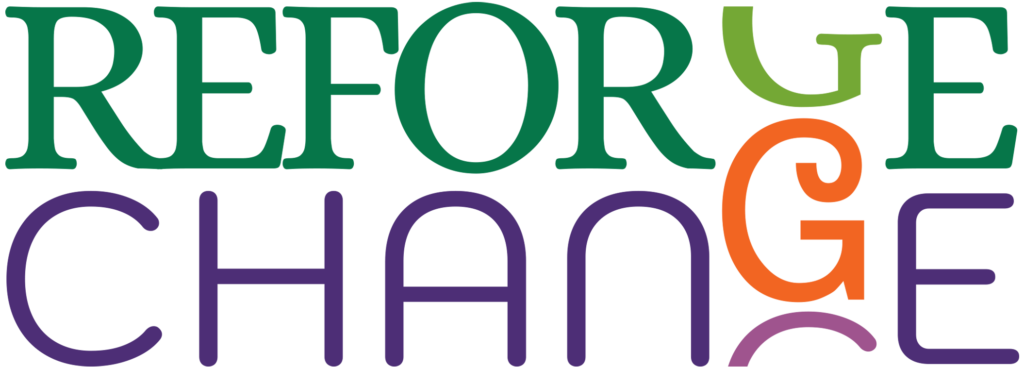Cultural change isn’t just about policies—it’s about how well you communicate that change. In a traditional office, raising awareness is more straightforward: posters in breakrooms, casual desk chats and in-person town halls all reinforce the message. But those tactics no longer work in today’s hybrid and remote workplaces.
So how do you build engagement, drive awareness and embed cultural change when your workforce is spread across locations, time zones and work styles? The answer lies in rethinking how you use push and pull communications.
What are push & pull communications?
Understanding the balance between push and pull communication is key to making change stick in a hybrid workforce.
- Push Communication – Information is sent out to employees, often in one direction.
Examples: Emails, newsletters, Slack/Teams announcements, company-wide updates - Pull Communication – Employees seek out or engage with information at their own pace.
Examples: Q&A forums, town halls, on-demand resources, peer-led discussions
🔑 The secret to effective hybrid change communications? More pull, less push.
When teams aren’t physically together, they don’t need more one-way messaging from the leadership team, they need more opportunities to engage with communication in a way that makes sense for them.
Case Study: Cultural change after an acquisition
The Challenge
A software company I worked with expanded rapidly through acquisitions. They acquired new businesses including teams, managers, SOPs and their customers.
Leadership assumed that integration would be seamless:
✔️ They communicated the business benefits of the acquisition.
✔️ They shared a migration roadmap for processes and systems.
✔️ They expected teams to adopt the new ways of working quickly.
The reality? Five years later, when I came onboard integration hadn’t happened and engagement was really low. What went wrong?
Leadership had failed to take account of the fact that the acquired business had:
- A strong, independent culture that clashed with HQ’s way of working.
- Employees who felt like outsiders, left out of decision-making.
- Customer service teams who resisted new processes and systems.
The senior team saw the problem as a ‘lack of communication’ but the real issue was a lack of inclusion.
The Shift: From broadcast to engagement
To rebuild trust and drive cultural integration, the company overhauled its communication approach:
From broadcast to dialogue → Leadership made listening a priority. Instead of just announcing changes, they opened two-way communication channels for real discussions.
Local champions → Employees from the acquired business became change advocates, translating key messages and providing a direct feedback loop.
Hybrid summits → Instead of relying on virtual town halls, leaders travelled to key sites for in-person workshops, Q&As and collaborative sessions.
Storytelling over slides → Instead of just presenting why the change was good, they shared real success stories from teams who had successfully integrated.
The Results?
Employee engagement soared because the teams actively contributed to shaping new ways of working. In essence, cultural change wasn’t forced—it was co-created. This approach not only helped integrate the acquired company but also improved communication across the entire business.
5 strategies to make push & pull work in hybrid environments
Do you want to make hybrid change communication truly effective? Use these five strategies:
1.Rethink push – from information overload to relevance
❌ Don’t send long, complex emails that go unread.
✅ Do use short, engaging formats like bullet points, visuals and video messages.
✅ Do ensure push comms are mobile-friendly so employees can engage on the g
2.Make pull comms asynchronous & interactive
❌ Don’t assume one-time events will be enough.
✅ Do create always-on spaces for ongoing dialogue (Slack channels, Q&A docs).
✅ Do use polls, crowdsourced FAQs, and discussion boards to boost engagement.
3.Use in-person time for connection, not just updates
❌ Don’t waste face-to-face meetings on passive information sharing.
✅ Do use in-person time for high-trust, high-impact conversations (workshops, retrospectives).
✅ Do encourage informal networking to reinforce cultural change.
4.Mix communication methods to reach everyone
❌ Don’t assume one channel works for all employees.
✅ Do blend synchronous (meetings, calls) and asynchronous (recorded videos, discussion boards) communication.
✅ Do offer multiple touchpoints so employees can engage in their preferred way.
5.Create meaningful opportunities for dialogue
❌ Don’t rely only on top-down communication.
✅ Do equip managers with toolkits to reinforce messages in team meetings.
✅ Do encourage peer storytelling—let teams share experiences and best practices.
Download: Hybrid change comms checklist
Do you want a ready-to-use framework for structuring your hybrid change communications?
📥 Download the free checklist now
Hybrid working isn’t a barrier to cultural change, it’s an opportunity to transform how we communicate. By shifting from broadcast to engagement, prioritising in-person time and creating always-on conversation spaces, you can drive real, lasting change – wherever and however people work.
How have you adjusted your change communication strategy for a hybrid or remote workforce? Let’s discuss in the comments.


